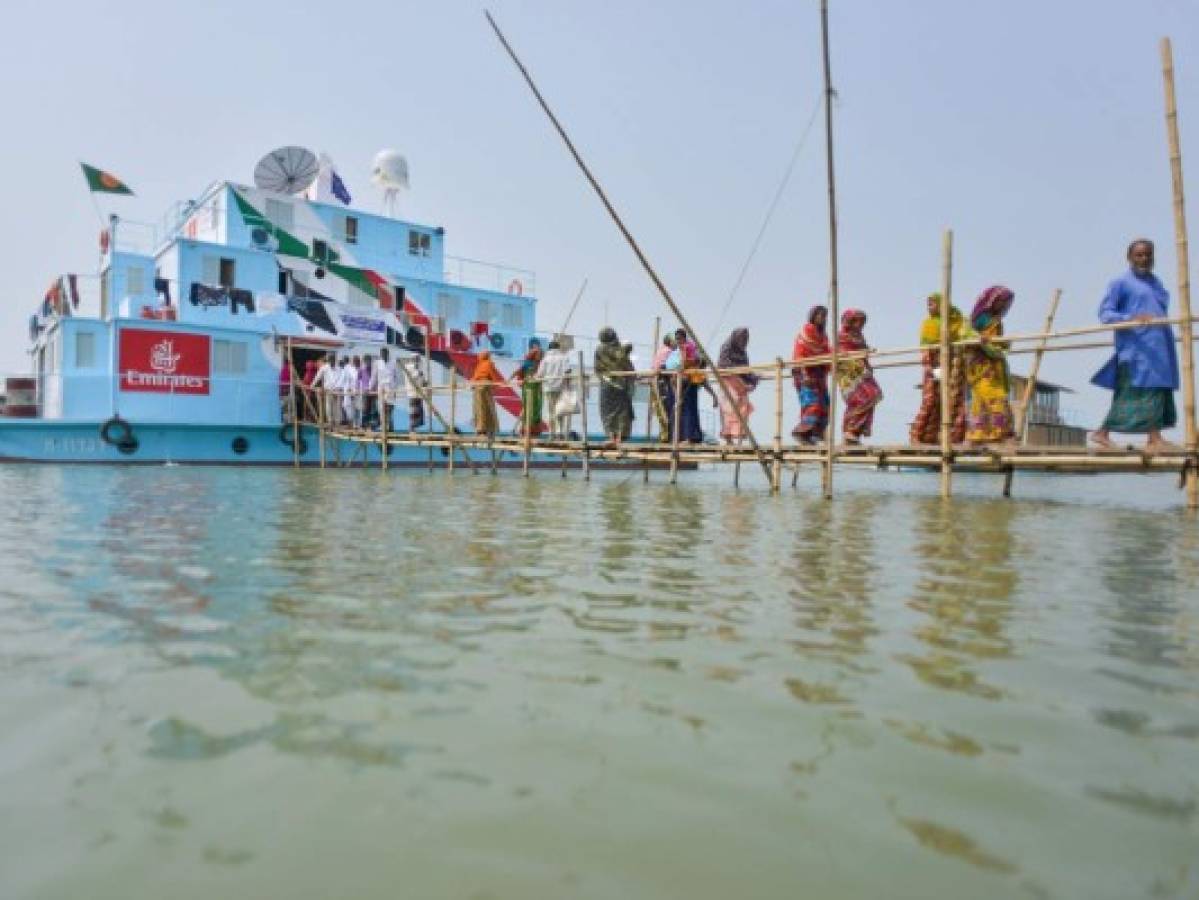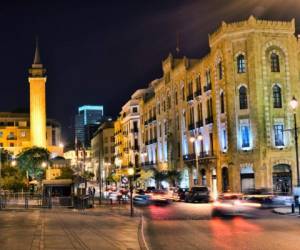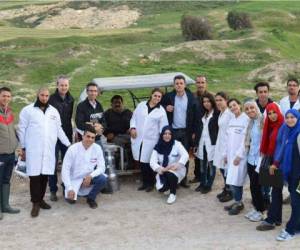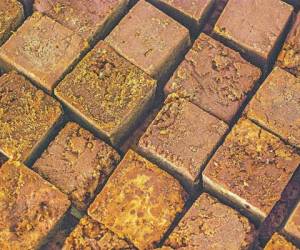The area around the Brahmaputra River in northern Bangladesh counts some 5 million inhabitants. The term “developing country” is an overstatement here: people bide their time along the sandbanks just trying to survive.
Had it not been for the floating hospitals of the Friendship NGO cruising the Brahmaputra River region in northern Bangladesh and providing free basic medical care, most of the inhabitants of the region might never have had the chance to come face to face with a doctor. Many might not even be alive today. “More specifically, a stretch of around 250 kilometers in length is concerned in said region,” explained Marc Elvinger from the Luxembourg Friendship branch. “Up to 10,000 people live on each of the approximately 400 islands.”
Until recently, the three floating hospitals had a key problem: The Lifebuoy Friendship Hospital, Emirates Friendship Hospital (see photo) and Rongdhonu Friendship Hospital (formerly Rainbow Warrior II) were not connected with one another. Discussions and consultations among the doctors and nurses across their respective ships weren't possible. The same applied to contact with colleagues on the mainland. Until Satmed was launched at the beginning of April.
The invention of SES Techcom Services—a wholly owned subsidiary of the Luxembourg satellite operator SES—is even revolutionary: with Satmed, the communication concerns of the Bangladesh floating hospitals were thrown overboard overnight. The eHealth platform enables the medical team to connect digitally, providing them with off-board medical knowledge.
“Thus everything on board and on site is altered. The team on board can now transmit, for example, x-rays to specialists on the mainland and consult with them on further medical steps. All this was previously unthinkable,” said Marc Elvinger. “Another example: a nurse can perform an ultrasound on a pregnant woman on the ship, while a gynecologist can follow the images on the computer screen from their office.”
Satmed is comparable to a cloud-based solution
Satmed enables systematic and therefore efficient patient management: “The three ships operate throughout the river region and moor at their respective locations for two months.
This means that people are not necessarily treated on the same ship, making digital patient records all the more important. They can be viewed by all doctors or medical assistants, no matter what ship they happen to be on. Satmed is comparable to a cloud-based solution.” Until recently, each ship managed its own patient records.
However, the invention is not limited to the floating hospitals; the so-called satellite clinics with trained nursing staff on the mainland also draw benefits from Satmed. These include, among others, remote diagnoses through the consultations of doctors as well as the systematic monitoring of patients.
With regards to the nursing staff, there are two different types: on the one hand are the trained professionals, on the other hand are around 550 “Friendship community medic aids” who have no medical training but were trained by Friendship to the extent that they are able to deliver good service in the region and are in a position to respond appropriately.
They are aided by the M-Health-Tool, a mobile device in the form of a smartphone, in which 60 to 70 medical conditions are precisely described. In this way they can either immediately help patients through medication or admit them to one of the floating hospitals. “What's important is that they respond appropriately. Especially if they are unsure. And that everything is documented and traceable,” adds Marc Elvinger.
As a welcome side effect of Satmed, a medical documentation center will be able to develop in the medium term. Even training cycles for the nursing staff on board and on the mainland are imaginable from now on and already planned. “Everything that has long been an established standard in terms of connectivity in Luxembourg was wishful thinking in northern Bangladesh until very recently,” says Marc Elvinger about the significance of the SES invention. He highlights that a third of the entire budget is raised by Friendship Luxembourg.
First emergency.lu, then Satmed
Satmed is the logical continuation of emergency.lu, a mobile satellite station used in remote regions during natural disasters or epidemics, enabling the establishment of a communication network for aid workers at short notice. Following the Haiti earthquake, Luxembourg took the initiative to develop these “rapid deployment kits” through a public-private-partnership with SES and Hitec. While the mobile satellite stations are only used until the local network is operational again, with Satmed a long-term solution was created.
“The satellite technology is located in a sort of oversized radome (radar dome) on board the ship,” says Marc Elvinger, describing the practical implementation of the project, the origins of which lie in using the free capacity of emergency.lu when there is no crisis scenario going on in the world.
“The Luxembourg government pays a certain amount to SES for the permanent provision of a particular capacity. Because this is not constantly used, nor fully exploited, the idea for other use and further development emerged. That was the birth of Satmed.”
The satellite-based solution is supported by the Ministry for Development Cooperation and Humanitarian Affairs. Satmed is based on a partnership among the satellite operator SES with the Luxembourg government and several NGOs, including Luxembourg-based Friendship Luxembourg and Fondation Follereau, as well as two German organizations, Archmed and German Doctors.























